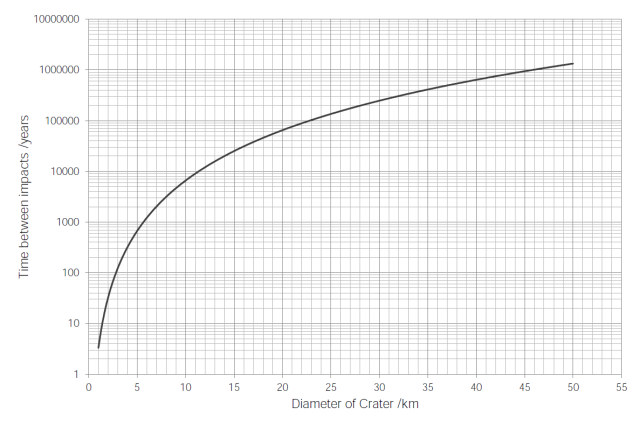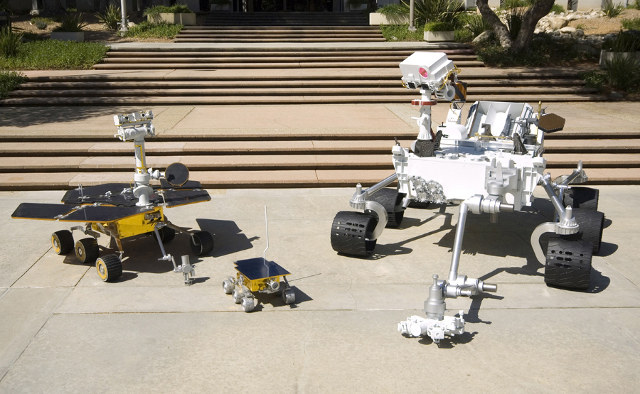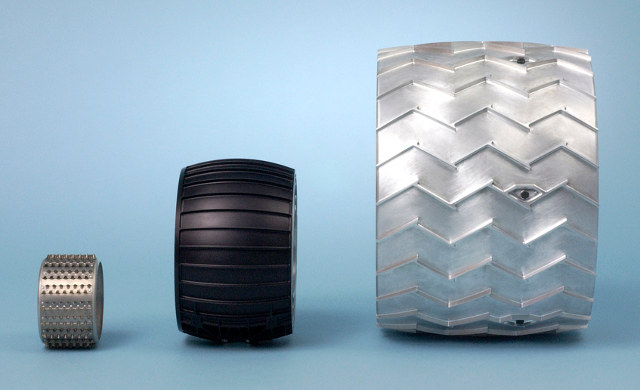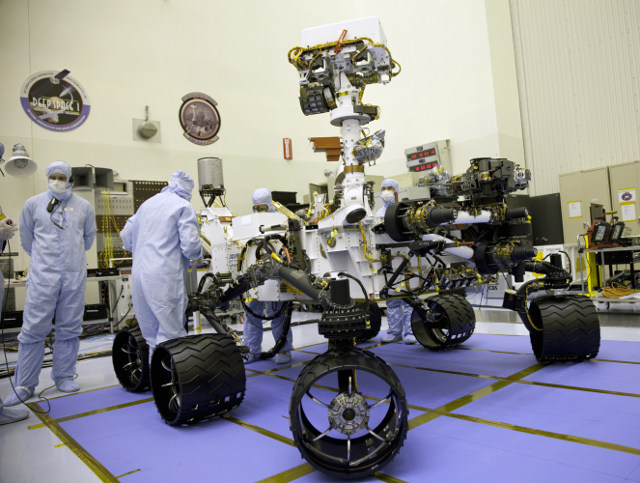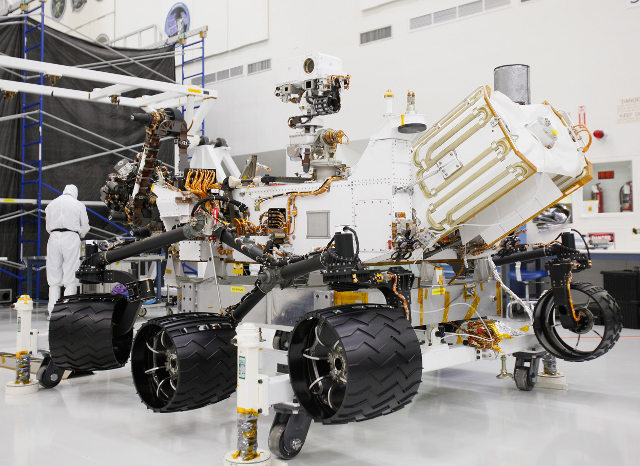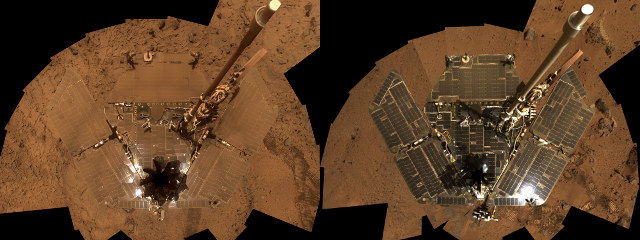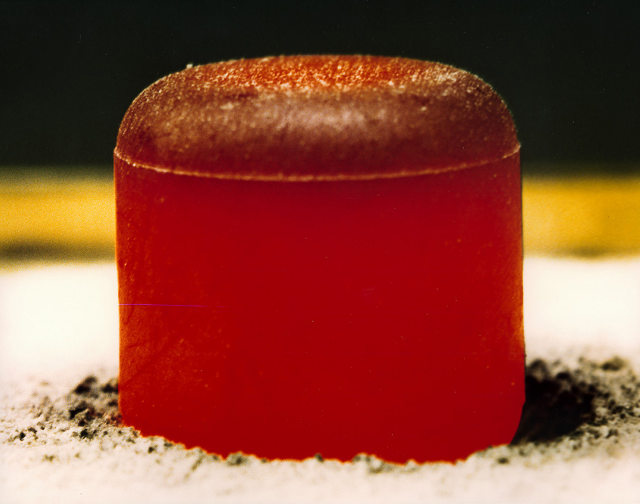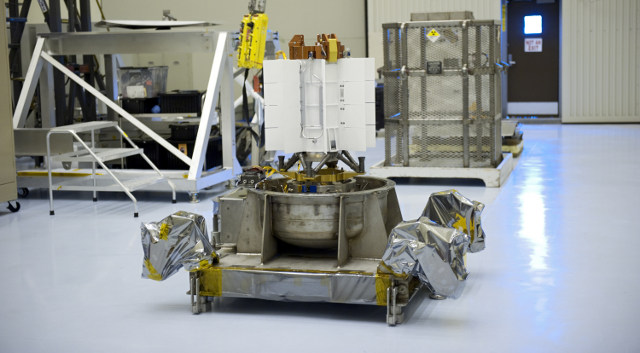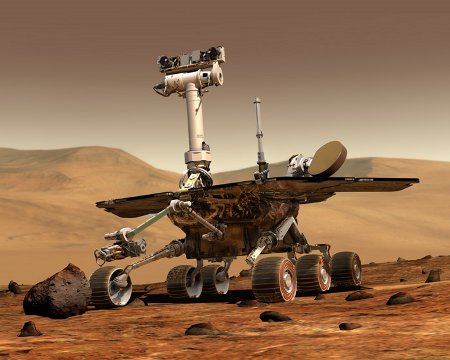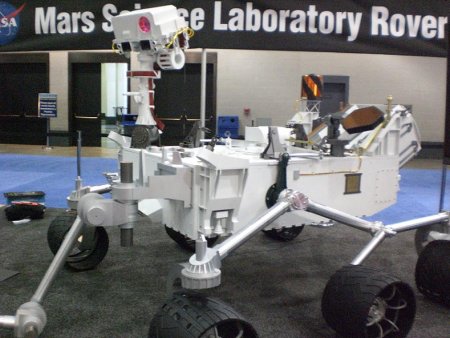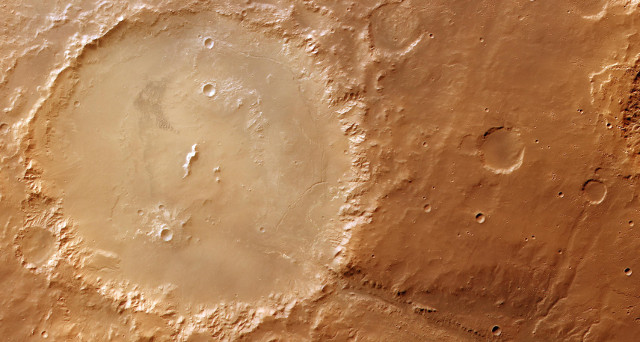
There are many risks associated with a manned mission to Mars. The journey itself would last between 150 and 350 days, and beside the risks associated with prolonged isolation and cramped conditions there is also the lack of real-time communication caused by the time taken for radio signals to travel the very large distances involved. Once arriving on Mars there is the presence of high levels of cosmic rays and ionising radiation to content with, all to be dealt with without proper medical facilities.
But a new paper* identifies a risk I hadn’t considered: asteroid impacts. Mars is much closer to the asteroid belt than Earth, and thus asteroid impacts are more frequent. The authors analyse the rate of crater formation on Mars and come up with a model that predicts the number of craters of a given diameter likely to be formed over a given period of time.
Their model predicts that a one megaton (≈1 km crater) impact will occur once every 3.3 years, which would make spending any significant length of time on Mars quite hazardous. Mars’ atmosphere is much thinner than Earth’s, with an atmospheric pressure only 0.6% of ours, and so damage on the Martian surface is likely to be much more severe than for a similar impact on Earth.
* William Bruckman, Abraham Ruiz and Elio Ramos, “Earth and Mars crater size frequency distribution and impact rates: Theoretical and observational analysis”, arXiv:1212.3273.
